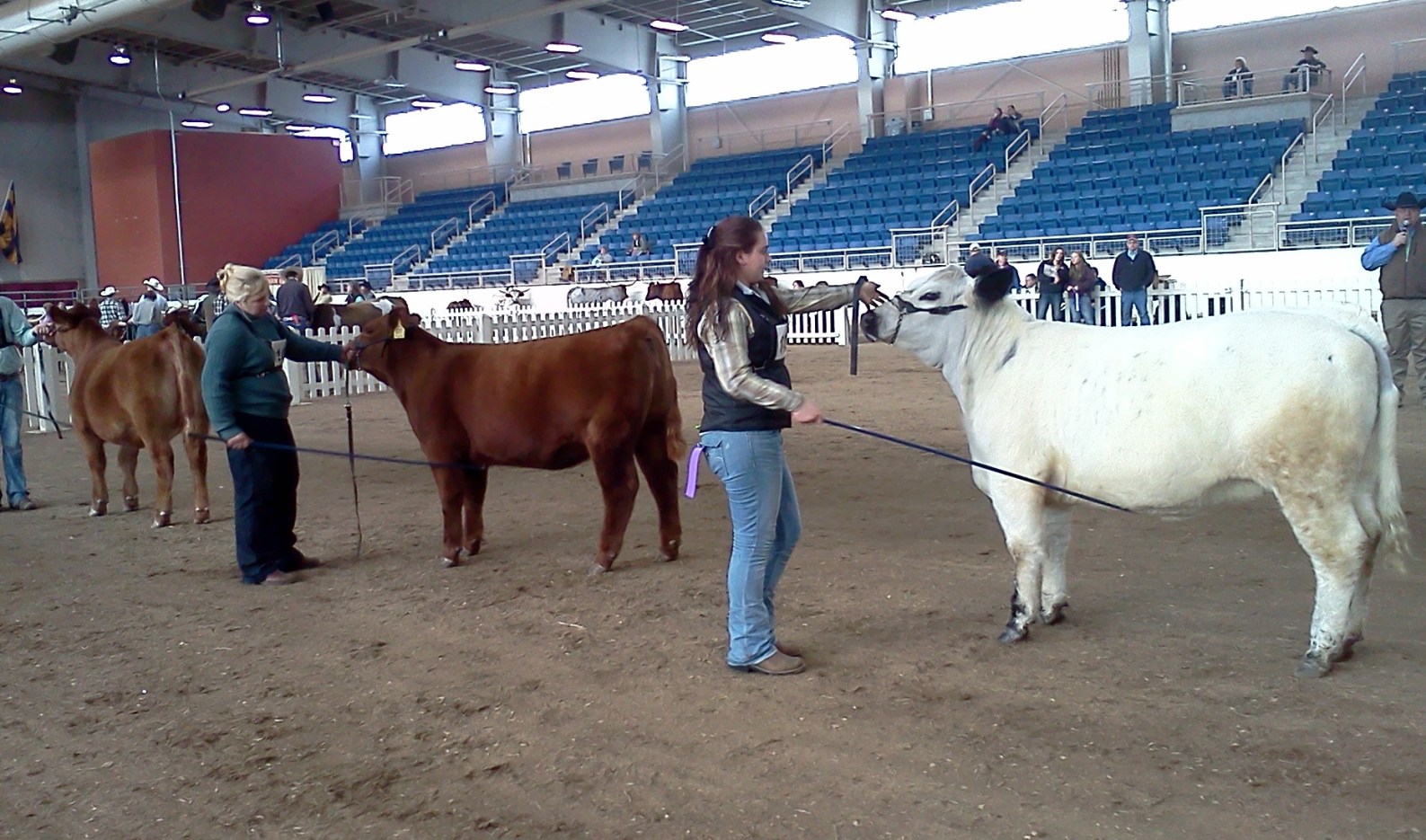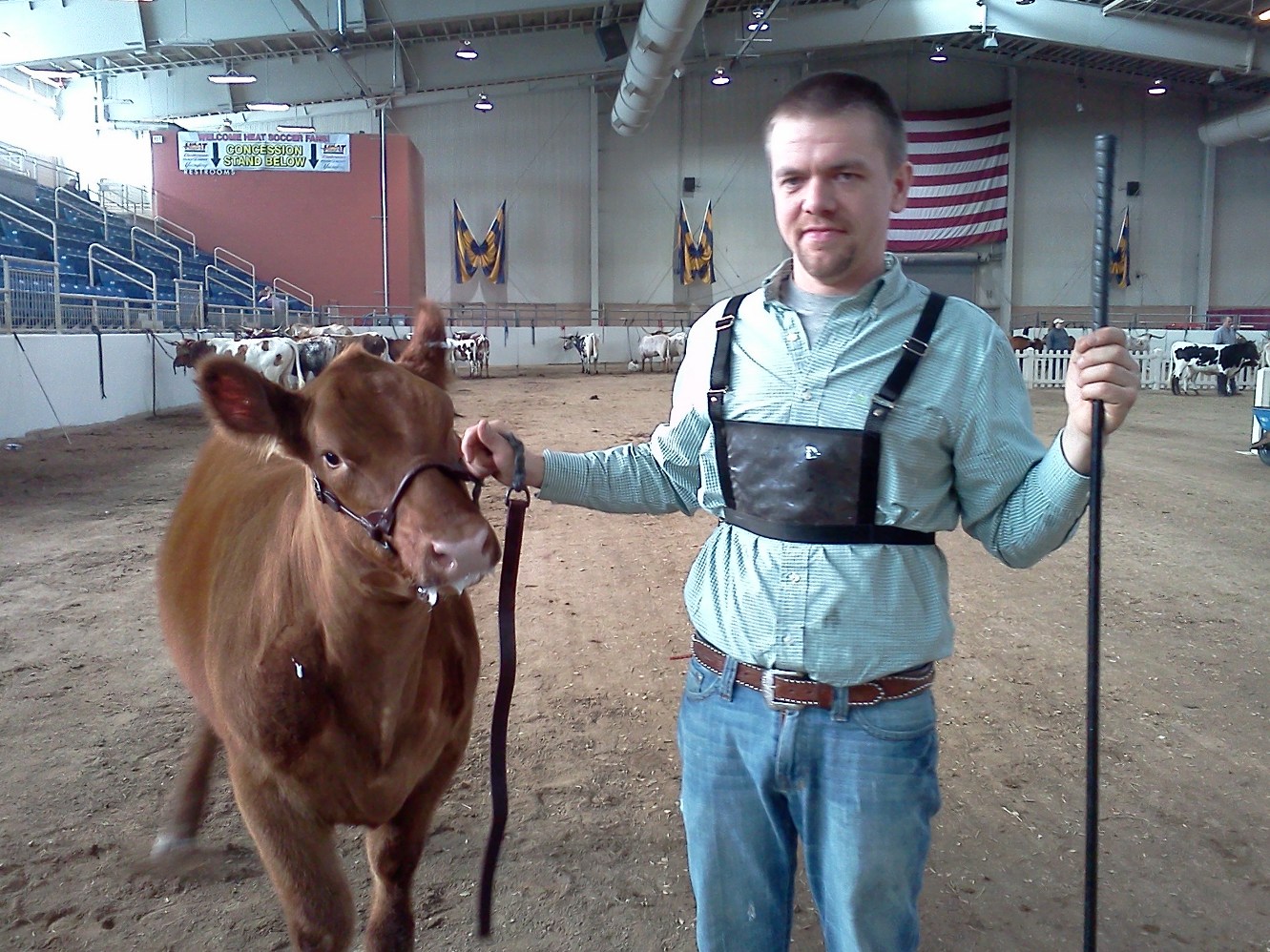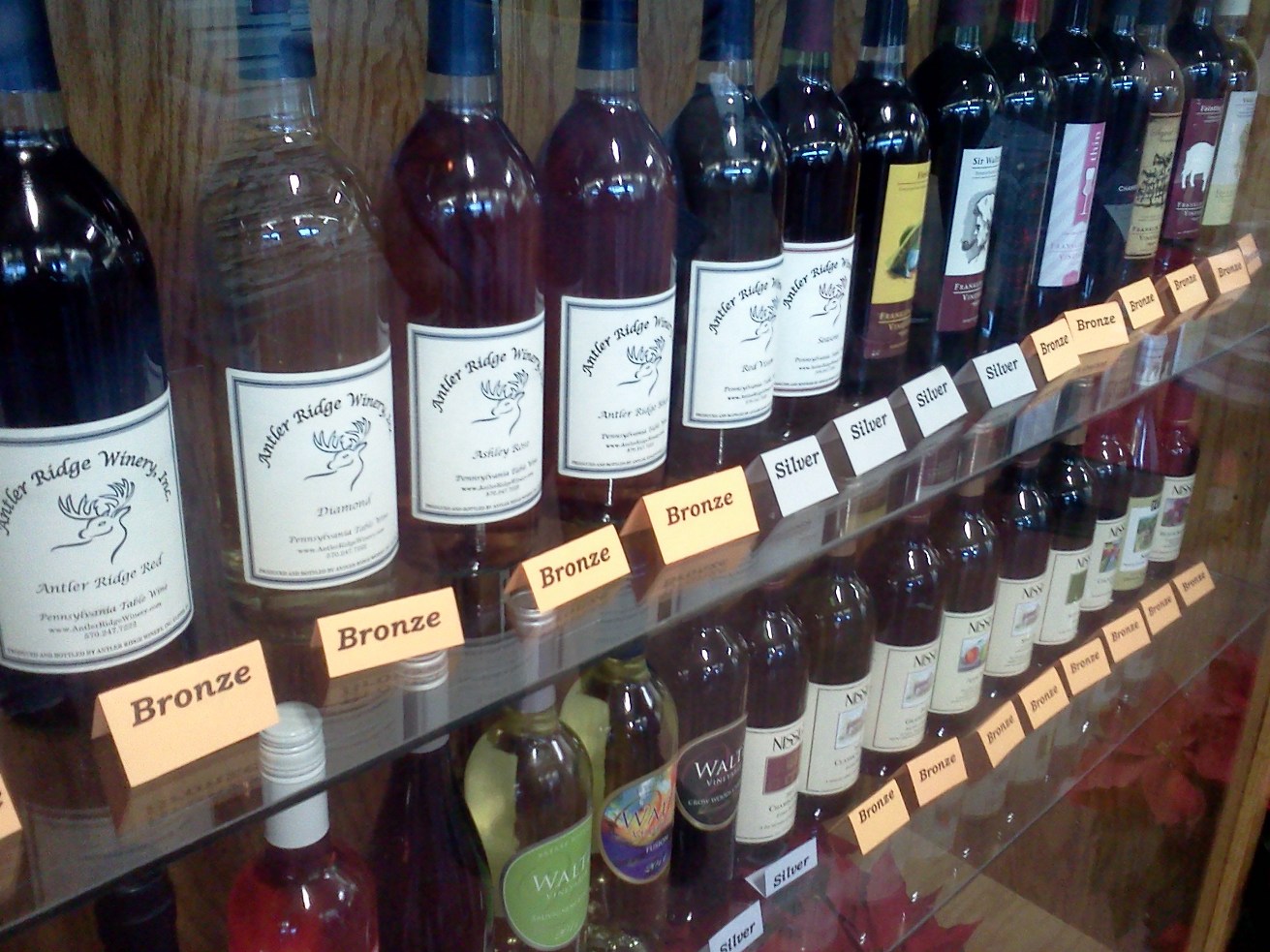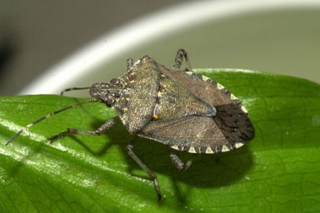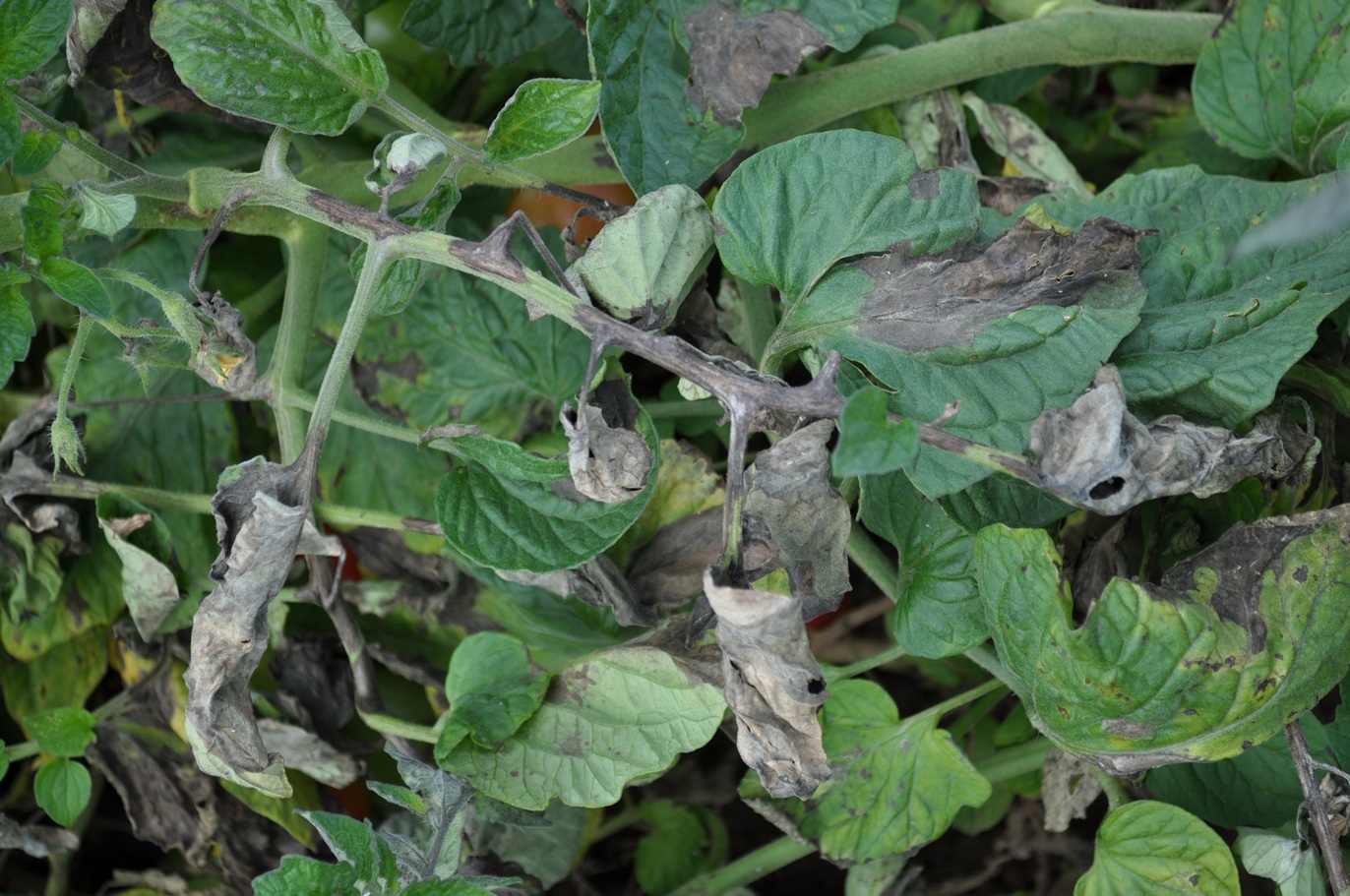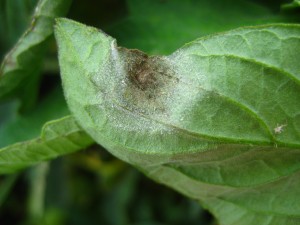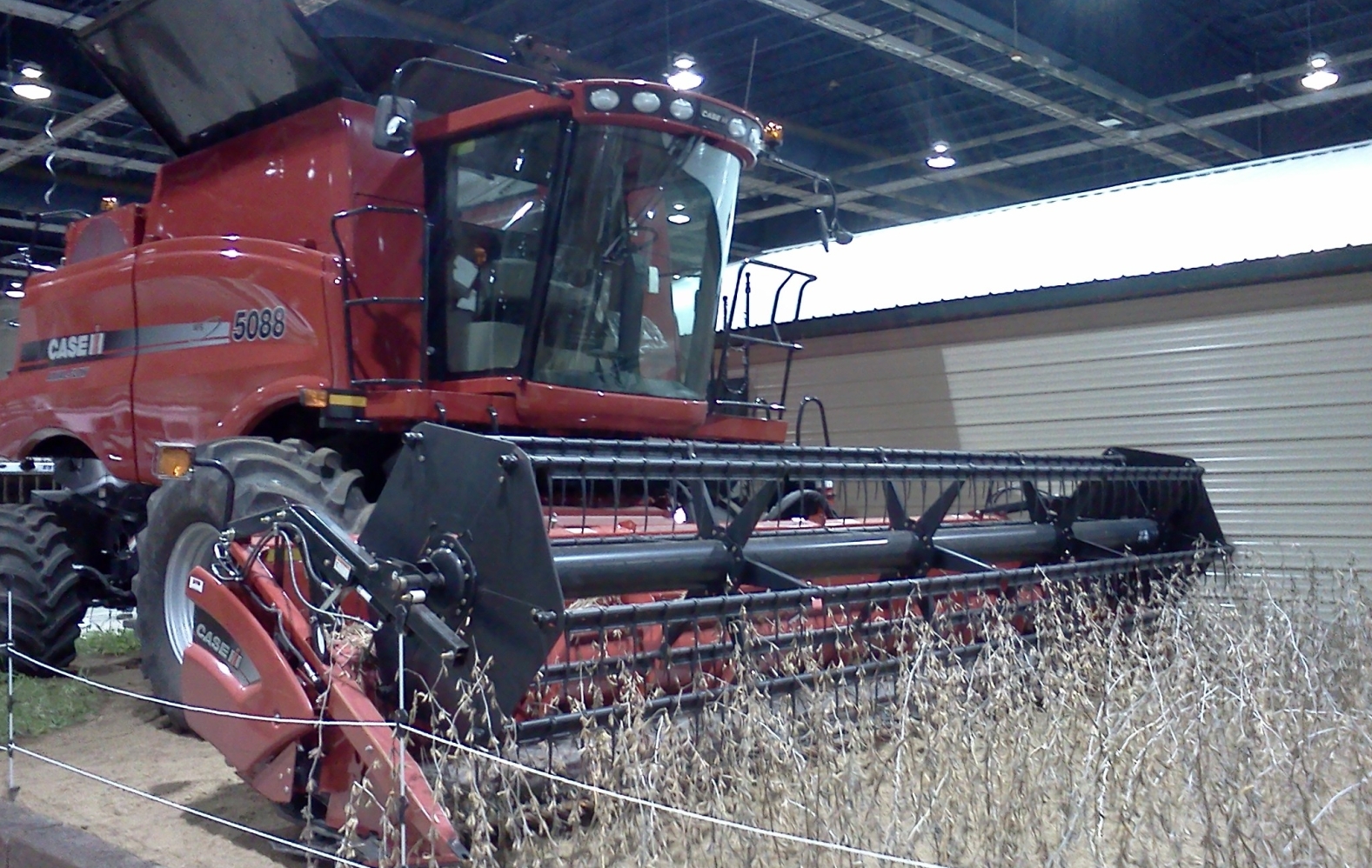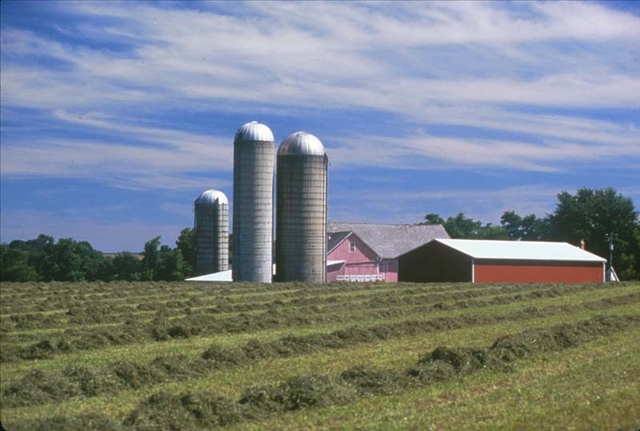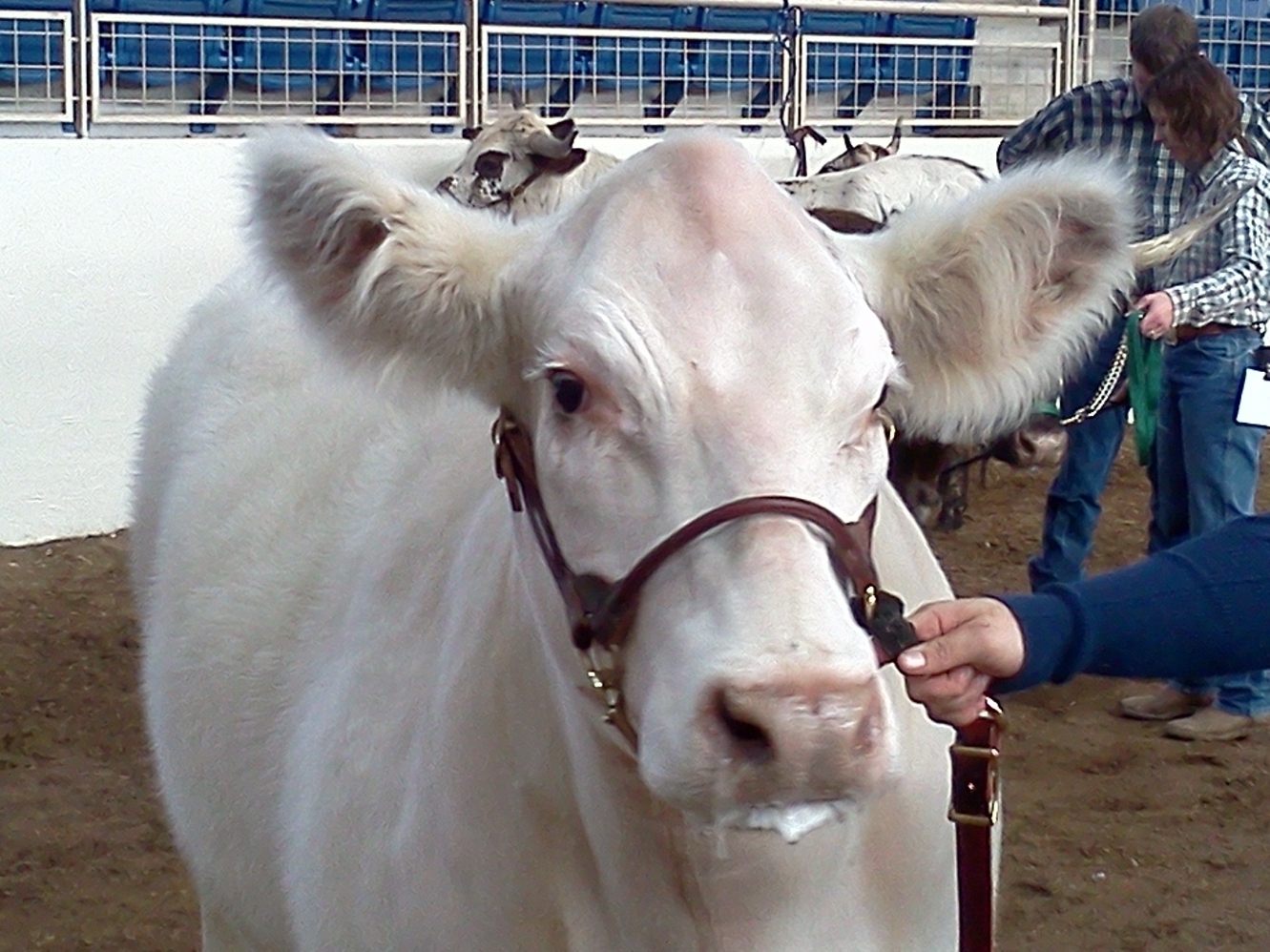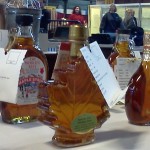US Agriculture Secretary Visits PA Farm Show
While touring the 97th Pennsylvania Farm Show, US Agriculture Secretary Tom Vilsack called it an impressive display of what’s grown and produced in the commonwealth. “It’s great to – in a sense – be back home, having been born and raised in Pittsburgh,” adds the former Governor of Iowa.
The rural economy doesn’t always get the appreciation it deserves, and Vilsack wants to be proactive about the opportunities that exist. He notes that half of the rural counties in the nation lost population in the last decade, according to the US Census.
The first step in stopping the drain, Vilsack says, is passing a new, 5-year Farm Bill. He calls it an imperative action in 2013. “Everybody in the country has a stake in this five year program,” Vilsack explains. “It is about our food system, it’s about our water resources, it’s about our fuel & energy resources, it’s about jobs.”
In PA, one in every seven jobs is related to agriculture.
The Farm Bill that Vilsack envisions will start with a strong safety net for producers. “You can be absolutely the best farmer in the world. You can do everything right… no water, no rain, no crop.” He also wants it to include flexible conservation and export programs, as well as an investment in the research that opens up new markets for farmers.
Later Friday, the US Department of Agriculture will announce $25-million dollars in research grants through a biomass development initiative. Vilsack says $6.8-million of that will be invested in the Keystone State.


